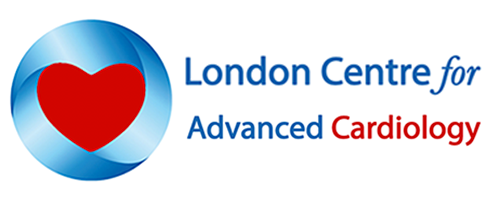
What causes obesity or weight gain?
The amount of energy in food or drink is measured in kilocalories (kcal), commonly called calories. You bring energy (calories) into your body by eating and you burn calories by being active. When you eat and drink more calories than you use up, your body stores the excess calories as body fat. If you regularly eat more calories than you use up, you will start to gain weight.
Keep also in mind that some medications or medical conditions can lead to weight gain.
Speak to your GP if you’re concerned about your weight.
How does obesity increase the risk of heart and circulatory diseases?
Being overweight can lead to fatty material building up in your arteries (the blood vessels that carry blood to your organs). If the arteries that carry blood to your heart get damaged and clogged, it can lead to a heart attack. If this happens in the arteries that carry blood to your brain it can lead to a stroke or vascular dementia.
Body fat and body shape
Everyone needs some body fat to stay healthy. But too much, particularly around the waist, puts your health at risk.
We have different types of fat in the body.
Many people tend to worry about the fat they can feel, the one that sits directly under their skin. This is called subcutaneous fat. But it’s visceral fat, the fat that surrounds our internal organs such as our heart and liver, that is the bigger health risk.
- raise your blood cholesterol
- increase your blood pressure
- increase your risk of developing Type 2 diabetes.
Apple-shaped body with visceral fat around the organs (left) and pear-shaped body with subcutaneous fat under the skin (right).
How do I know if I’m overweight or obese?
Measuring your BMI
Waist measurement
- below 37 inches (94cm) for men
- below 31.5 inches (80cm) for women.
What can I do to lose weight or manage my weight?
To lose weight, you may need to change your eating habits and be more active. The best way to do this is to start with small changes – as they add up, you could see some big results. Here are some of the changes you can make to lose weight:
- Visit our taking control of your weight hub for information and top tips.
- Eat the right portion sizes
- Eat a healthier diet
- Read food labels and avoid things labelled in red
- Be more active
Visit our healthy living page for more tips on small changes you can make.



